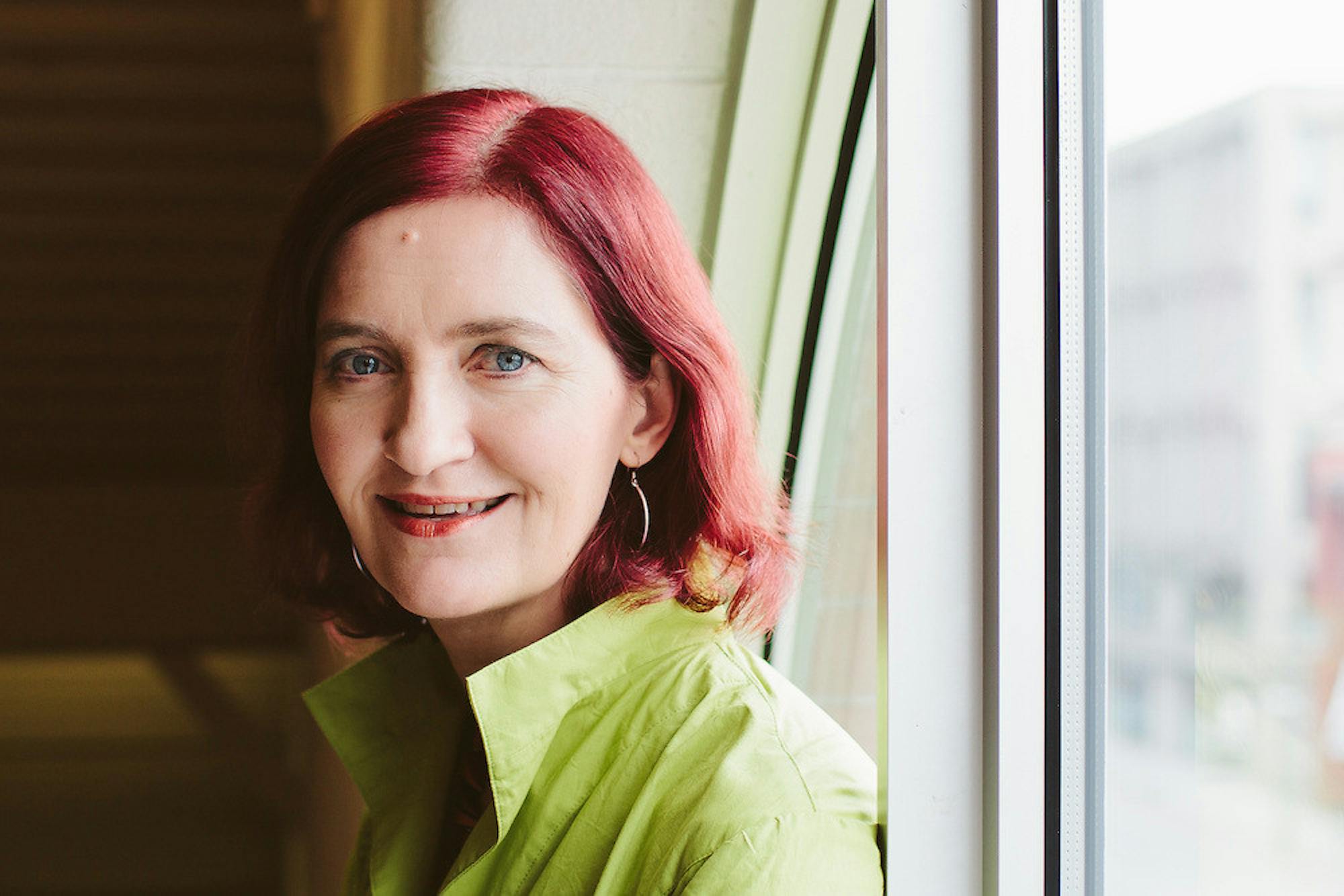Who remembers reading for fun? As many might agree, pleasure reading can be a guilt-ridden part of the college experience, especially when it comes at the expense of the mountains of assigned reading that start to pile on students’ desks. Even though these "pleasure reads" may occur less frequently, that is certainly no reflection on the current state of prose, which is just as warm and enveloping as ever. Those looking to embrace their wild side should pick up Emma Donoghue’s newest novel, “The Wonder” (2016), and surrender to it in exchange for a couple of their Netflix-induced comas. For their health, of course.
In recent memory, Donoghue is best known for her riveting novel “Room” (2010), as well as her screen adaptation of the same name that earned her an Academy Award nomination for Best Adapted Screenplay. She’s been admired as a writer for even longer, with her collection of novels, short stories, plays, teleplays, screenplays and literary criticism dating back to 1993. Her talent is truly unbounded.
Like many of her previous works, Donoghue’s “The Wonder,” which was released on Sept. 20, can be categorized as historical fiction. As discussed in her recent book talk at the Brattle Theater in Harvard Square,she enjoys taking a nugget from history and expanding on the subject on her own terms. For Donoghue, the less documented the matter is, the better because it allows her to explore deeper into her imagination while remaining true to realistic circumstances and psychologies of her characters. Her past novels, including “Room,” “Frog Music” (2014) and “The Sealed Letter” (2008), are all inspired by real-life situations and have allowed her to explore power dynamics in unlikely places, leaving readers in awe all around the world. “The Wonder” continues this trend with vigor.
Donoghue based her novel on the curious cases of “fasting girls” that periodically appeared from the 16th to 20th centuries. In these cases, young girls would claim to live without food for unbelievably extended amounts of time, sometimes even years. The spectacle of the situation drew in all types of people as if they were some type of circus act. About 20 years ago, Donoghue discovered through her own research that when the girls were put under close scrutiny to ensure that they weren't actually eating, they ended up dying. Horrified, she pushed this underlying fascination away while she worked on other novels. However, she knew she had to explore this peculiar part of history at some point.
In her novel, Lib Wright, an English nurse, is sent to Ireland to observe a young girl, Anna O’Donnell,who was said to have not eaten in over four months, since the day after her 11th birthday. Anna insists that she subsists on water and religious manna alone. Lib is immediately suspicious and has no doubts that she will uncover what’s really going on, whether it’s being arranged by the girl herself or her all-too-impressed and fawning parents. As Anna’s condition worsens, Lib can’t help but start to wonder if her presence will lead to Anna's demise and what the implications of that will be for the community at large. How is this girl allowed to just waste away?
The intrigue in “The Wonder” stems from a dynamic familiar to readers who are a fan of Donoghue’s “Room.” Most of the action takes place indoors and in close proximity, but it certainly doesn’t lessen the dramatic impulses or suspense as Lib tries to make sense of what she prematurely dismisses as an insolent young girl’s sham. Readers will undoubtedly identify with Lib and come in with the same preconceptions, only to discover that the situation is much more complicated.
Donoghue proves her mastery of prose once again. She’s concocted the perfect storm of details to tell this story, which quite honestly could have taken place anywhere in the world within a very large time frame, as history reveals. However, Donoghue was acutely aware and capable of making the richest decisions in order to bring this story to life. For one thing, by setting the story in the 1850s she places her characters at a time where spiritual musings would have been as common as scientific pontificating when examining a case such as Anna’s. Choosing to place the story in Ireland adds another layer of nuance, as the country's tragic famine looms in the background while circumstances of an altogether different nature abet Anna's starvation.
All of these elements allow Donoghue to present as many points of view as possible, which ultimately enhance the gravitas of "The Wonder." Readers, whether historical fiction aficionados or newbies, will finish the novel in a daze, haunted by the intricate world that Donoghue crafts.
Remember pleasure reading? Give it a go with Emma Donoghue's 'The Wonder'

Summary
"The Wonder" is a thought-provoking break from the monotony of class readings as it dives beneath the surface of the mystery of "fasting girls."
4.5 Stars





